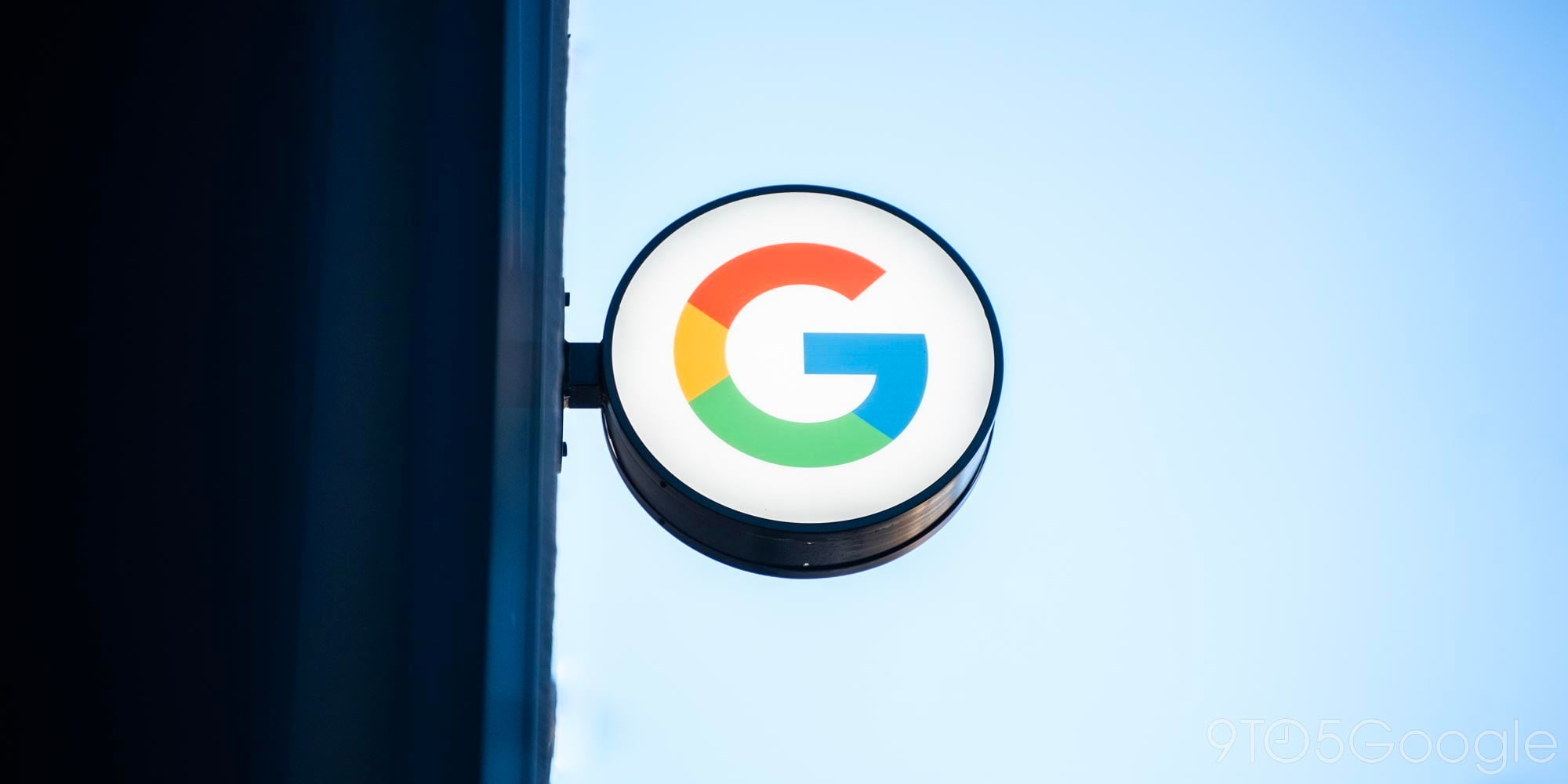

The second developer conference for Google’s Project Ara is happening today, and the ATAP team took some time this morning to show the world the second iteration of the modular smartphone—dubbed Spiral 2. While the hardware for the updated prototype is said to be complete at this point, the firmware still needs a bit work, as mentioned on stage by ATAP’s Paul Eremenko. But that aside, this new version continues to usher in the Project Ara mentality that consumers should be free to use hardware (much like we use software) to build a phone based on their needs—not the needs a company has determined they likely have.
The reference specifications have been updated for Spiral 2, officially bringing cellular connectivity to the phone for the first time. Currently, the reference device has a 1280 x 720 display, a WiFi & Bluetooth module, a Receiver module with light & proximity sensors, a 5 MP camera module, a 3G cellular module with a Band 2 antenna, a 1×1 Band 5 antenna, a USB charger module, a 2×2 battery module, a speaker, and a processor module. Spiral 2 gives you the option of going with either the Tegra K1 or the Marvell PXA1928 as the device’s processor.
The Spiral 2 revision packs some fundamental hardware changes separating it from its predecessor as well. One of the most notable of these is that Google ATAP has moved the electro-permanent magnets from the modules to being included in the device’s endoskeleton itself. Leaving these on the modules was one of the biggest complaints the Ara team received from developers, as the magnets would take up as much as 40% of their useable space. As mentioned, the new reference design also places Band 2 3G antennae in a separate module, which Google says will be important when 4G modules arrive.
There is some unfortunate news today, though. While Google talked about 3D printing for the customization and personalization of modules being a possibility last year, Eremenko said today that this was wishful thinking and won’t be possible on the current timeline. Instead, Google says that they will now be using dye sublimation to customize modules in high-resolution and in quality that customers would expect. Google also noted that they recently found a design flaw in Spiral 2 of Ara, involving the rear electro-permanent magnets. But as of yesterday, the design flaw has been fixed, and Google says they will be updating the MDK as soon as they can.
Google also went on to talk about the upcoming Spiral 3 revision and beyond.

In Spiral 3, Google plans to continue making just as many improvements as we’ve seen in Spiral 2. You can see many of these listed above, and they include bringing antennas to the endoskeleton, UniPro on ASIX ver2, inductive connection for modules, Rockchip AP reference design, a functional marketplace, and, most importantly, 4G/LTE support. Google also expects that with Spiral 3, which we be introduced sometime in Q2 of 2015, the MDK 0.5 will be released and the module Marketplace will be alive and functional.
As was also announced today, Google plans to launch the device’s “market pilot” later this year—following the launch of Spiral 3—in Puerto Rico. Assuming the metrics from the pilot test on the island show that there is global viability, Google will then move the device to official launch (at least according to the above timeline).
https://www.youtube.com/watch?v=intua_p4kE0
FTC: We use income earning auto affiliate links. More.




Comments